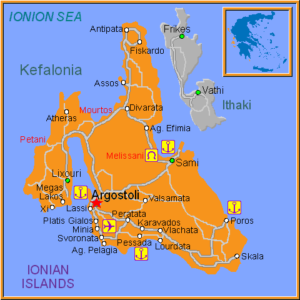 Kefalonia being an island can be reached either by plane or by boat.
Kefalonia being an island can be reached either by plane or by boat.
Here is travel information about the airport, flights, and ferries.
Kefalonia Airport (EFL): Kefalonia’s airport is located 8 km from Argostoli, the capital of the island which is also the conference location. You can go there by taxi, by car or by bus. Flying to Argostoli, Kefalonia, for most Europeans, is an easy flight lasting less than 3 hours. During the summer months the airport of Kefalonia also receives many charter flights from abroad and low-cost flights. Domestic flights from Athens operate all year round at least once a day, except of summer months, when the flights are more frequent. The flight time from Athens to Kefalonia is 45 min.
Kefalonia Ports: There are 2 main ports, Sami and Poros, which connect the island with other Greek ports/cities, namely Patras and Kyllini respectively.
There are no ferries from Athens to Kefalonia. Departing Athens, you can take a KTEL bus or your car in order to reach Patras (2.5 hours) or Kyllini (3.5 hours). From these two ports you can catch a ferry boat in order to reach Kefalonia.
- From Patras you reach Sami port within 3h 30min and then approximately 40 minutes drive to Argostoli.
- From Kyllini you reach Poros port within 1h 30min and then approximately 1h drive to Atgostoli.
In high season, there is also a ferry from Killini to Argostoli, the capital of the island, once per day.
For those coming from Northern Greece / or Thessaloniki airport two other alternatives exist:
- Astakos (village of Etoloakarnania) to Sami (2h 30min)
- Nydri (Lefkas island) to Fiskardo (Northern part of Kefalonia) (1h 45min).
Additional info on Kefalonia
Cephalonia or Kefalonia (Greek: Κεφαλονιά or Κεφαλλονιά), formerly also known as Kefallinia or Kephallenia (Κεφαλληνία) is the largest of the Ionian Islands in western Greece. The island has a rich biodiversity, with a substantial number of endemic and rare species. Some areas have been declared a site in the European Union’s Natura 2000 network. Because of its huge natural wealth, Kefalonia was dominated by various civilizations such as the Byzantine, the Frankish, the Ottoman, the Venetian, but also the Napoleonic and the British Empires. These cultures left a visible sign on the architecture of Kefalonia with great works, such as the bridge of Argostoli. If you can spare some more time, there is much to see and do and a great number of beaches if its sunshine and swimming you’re after. Important natural features include Melissani Lake, the Drogarati caves, and the Koutavos Lagoon in Argostoli.
The whole island is a clear mixture of the past and present, based on the traditional architecture that survives still after the catastrophic earthquake in 1953 and the numerous buildings that were built after that time. Fiskardo, the picturesque fishing village is recognized as a traditional preservable settlement as it is one of the few villages that remained untouched from the major earthquake of 1953. The traditional and Venetian buildings and houses with pretty colors embrace the natural bay offering the village a unique charm while reflecting the rich heritage of Kefalonia.
The capital of Kefalonia stands on the far end of the natural bay surrounded by mountains and verdant forests. It is a picturesque town built on hills surrounding the lagoon of Koutavos and the natural harbor formed there. The town was rebuilt after the catastrophic earthquake of 1953. Before the earthquake, Argostoli was characterized by several imposing mansions and palaces with Italian influences and baroque elements. As for today, the town is filled with a large collection of traditional houses which follow the Ionian architecture. The modern and cosmopolitan town of Argostoli is quite busy during the summer season offering a plethora of interesting features and activities.
Sources:
https://en.wikipedia.org/wiki/Cephalonia
https://wikitravel.org/en/Kefalonia
http://www.visitgreece.gr/en/greek_islands/kefalonia
https://www.discovergreece.com/en/greek-islands/ionian/kefalonia
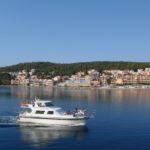
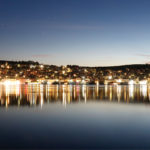
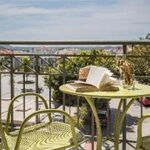





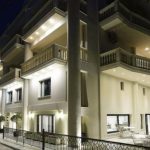

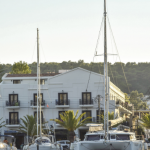

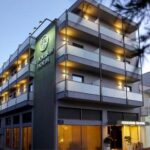

 Kefalonia being an island can be reached either by plane or by boat.
Kefalonia being an island can be reached either by plane or by boat.